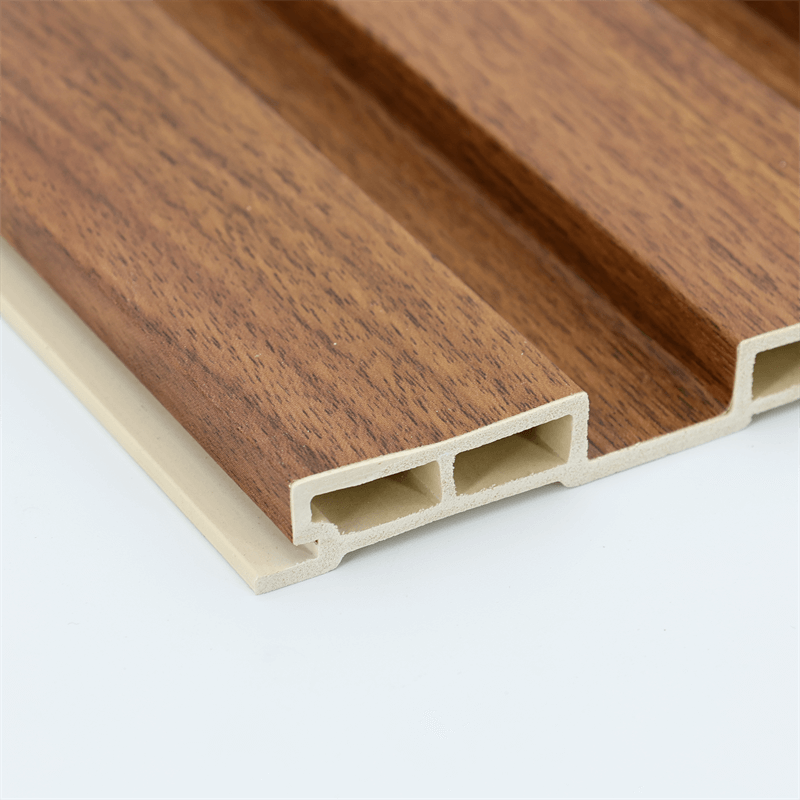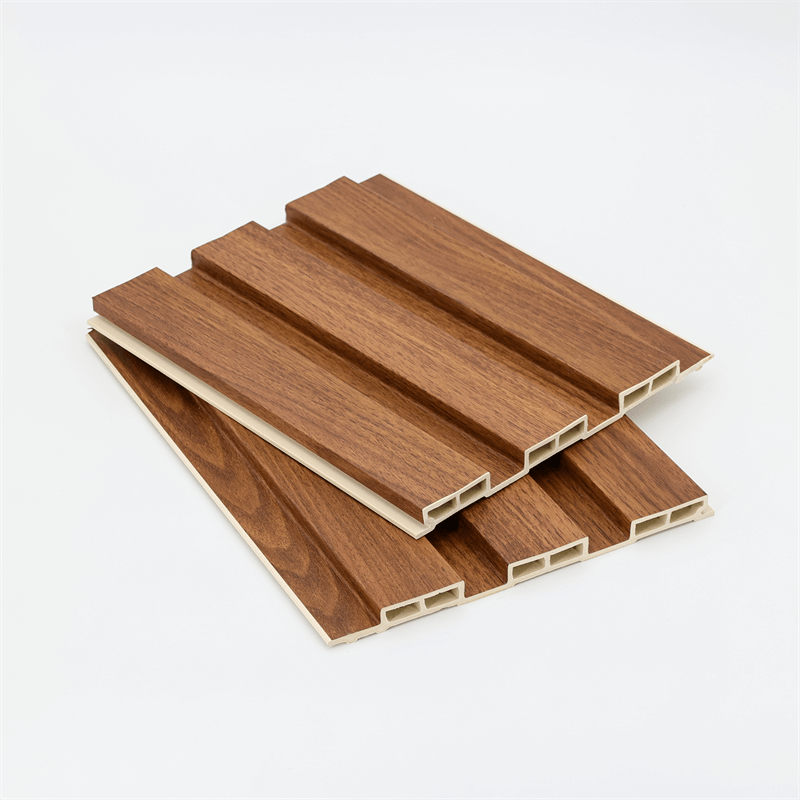Wood-Plastic Composite (WPC) wall panels have emerged as a sustainable alternative to traditional building materials.
Made from a combination of wood fibers and recycled plastics, WPC wall panels offer several advantages that make them an attractive choice for architects, designers, and builders.
This essay explores the various advantages of WPC wall panels as a sustainable building solution, focusing on their durability, environmental benefits, cost-effectiveness, and design versatility.
I. Durability and Longevity:
One of the primary advantages of WPC wall panels is their exceptional durability and longevity.
Unlike traditional wood panels, WPC panels are resistant to rot, decay, and insect infestation.
They are also highly resistant to moisture, making them ideal for high-humidity areas such as bathrooms and kitchens.
The combination of wood fibers and plastics results in a material that can withstand harsh weather conditions, including UV exposure.
WPC wall panels require minimal maintenance and can withstand the test of time without warping, splintering, or fading.
Their longevity eliminates the need for frequent replacements, reducing waste generation and minimizing the overall environmental impact.
In addition, their resistance to moisture prevents the growth of mold and mildew, ensuring a healthier indoor environment.
II. Environmental Benefits:
WPC wall panels offer significant environmental benefits compared to traditional building materials.
The use of recycled plastics in their production helps reduce the amount of plastic waste that ends up in landfills.
By utilizing post-consumer and post-industrial plastic waste, WPC panels contribute to a circular economy and promote resource conservation.
Furthermore, WPC wall panels help conserve natural resources by reducing the demand for virgin wood.
By opting for WPC panels, architects and builders contribute to the preservation of forests, reducing deforestation and its associated ecological consequences.
The use of recycled materials also helps reduce greenhouse gas emissions that would be generated in the production of new materials.
III. Cost-effectiveness:
In addition to their durability and environmental benefits, WPC wall panels offer cost-effectiveness in the long run.
While the initial cost may be slightly higher compared to traditional materials, the savings in maintenance and replacement expenses make them a cost-efficient option over their lifespan.
WPC wall panels require minimal upkeep, eliminating the need for regular painting, sealing, or staining.
They are also resistant to moisture, which means they won’t rot or decay, reducing the need for repairs or replacements.
These factors contribute to significant cost savings in terms of maintenance and ongoing building maintenance.
Additionally, the longevity of WPC panels ensures that they do not need to be replaced frequently, further reducing costs in the long term.
IV. Design Versatility:
WPC wall panels provide architects and designers with a wide range of design possibilities.
The panels come in various sizes, colors, and textures, allowing for customization and creativity in design.
Whether mimicking the natural beauty of wood, incorporating textured finishes, or experimenting with modern metallic accents, WPC wall panels offer design versatility for both interior and exterior applications.
The ability to choose from different finishes and textures enables architects to create unique and visually appealing spaces that cater to specific design requirements and client preferences.
WPC panels can be used in a range of architectural styles, from traditional to contemporary, offering flexibility and freedom in design expression.
They can be easily cut and shaped to fit specific dimensions, allowing for seamless installation and integration with other design elements.
WPC wall panels offer numerous advantages as a sustainable building solution.
Their durability, environmental benefits, cost-effectiveness, and design versatility make them an attractive choice for architects, designers, and builders committed to sustainable construction practices.
The durability and longevity of WPC panels ensure a long-lasting solution that minimizes waste generation and reduces maintenance and replacement costs.
Their environmental benefits, including the use of recycled plastics and reduced reliance on virgin wood, contribute to a greener and more sustainable future.
From a cost perspective, WPC wall panels provide long-term savings through reduced maintenance and repair expenses.
Finally, their design versatility allows for creative expression and the creation of visually stunning spaces that cater to individual design preferences and architectural styles.

In conclusion, WPC wall panels offer a sustainable building solution that combines durability, environmental responsibility, cost-effectiveness, and design flexibility.
By choosing WPC panels, architects and builders contribute to a greener future while enjoying the benefits of a reliable and visually appealing construction material.
In conclusion, the advantages of WPC wall panels as a sustainable building solution are undeniable.
Their durability, environmental benefits, cost-effectiveness, and design versatility position them as a preferred choice for architects, designers, and builders seeking to create sustainable and visually appealing spaces.
The durability and longevity of WPC wall panels ensure that they can withstand the test of time, reducing the need for frequent replacements and minimizing waste generation.
Their resistance to rot, decay, and moisture further contributes to their longevity and low maintenance requirements.
This not only saves costs in the long run but also reduces the environmental impact associated with constant repairs and replacements.
The environmental benefits of WPC wall panels, such as the use of recycled plastics and reduced reliance on virgin wood, contribute to a more sustainable construction industry.
By diverting plastic waste from landfills and reducing the demand for natural resources, WPC panels promote resource conservation and help mitigate the ecological consequences of deforestation.
From a cost perspective, although the initial investment in WPC panels may be slightly higher, the long-term cost savings derived from reduced maintenance and replacement expenses make them a cost-effective solution. Their resistance to moisture, fading, and deterioration eliminates the need for regular painting, sealing, or staining, further reducing ongoing maintenance costs.
Moreover, the design versatility offered by WPC wall panels allows architects and designers to unleash their creativity and bring their visions to life.
The availability of various sizes, colors, and textures empowers them to create unique and visually stunning spaces that align with specific design requirements and client preferences.
The flexibility in design expression enables the integration of WPC panels into various architectural styles, from traditional to contemporary, enhancing the aesthetic appeal of any project.
In summary, WPC wall panels offer a sustainable building solution that combines durability, environmental responsibility, cost-effectiveness, and design flexibility.
Their advantages make them a compelling choice for sustainable construction practices, as they contribute to waste reduction, resource conservation, and the creation of visually captivating spaces.
As the construction industry continues to prioritize sustainability and innovation, WPC wall panels are poised to play an increasingly significant role in shaping the future of building materials.


